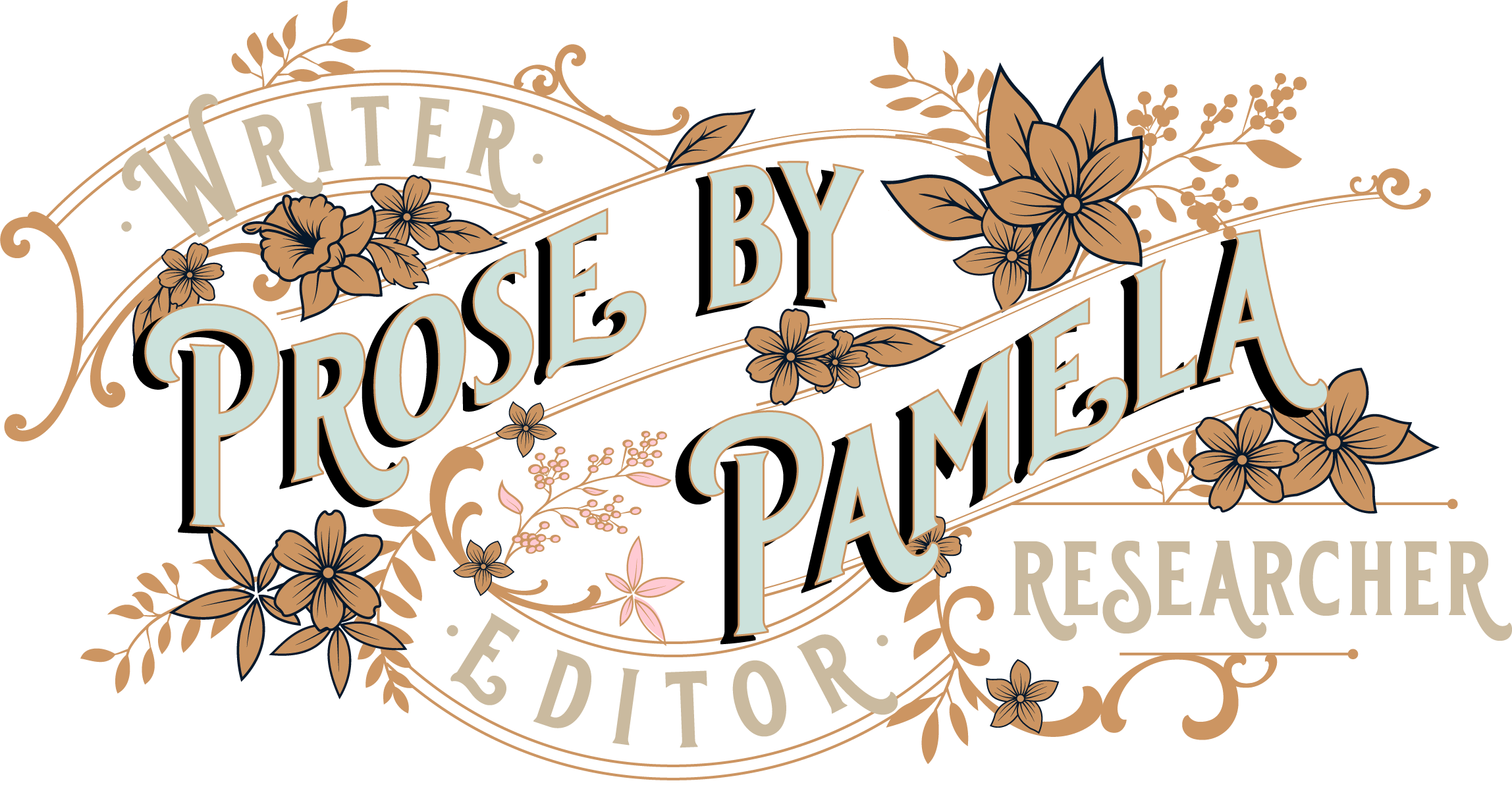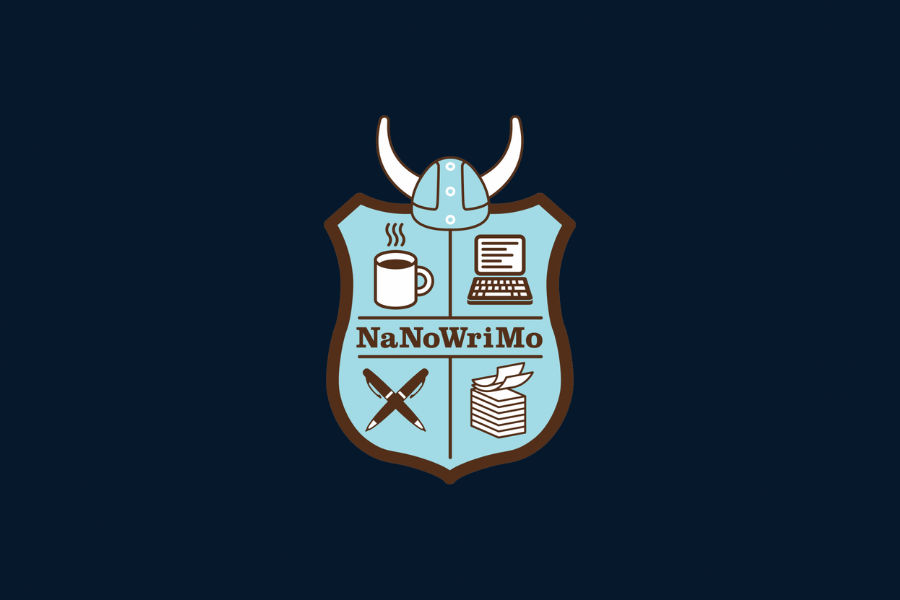I mentor a few creative writing groups online, and one of the things I get asked most is how I feel about National Novel Writing Month (NaNoWriMo). It’s a tough question and one to which I have a conflicted answer.
I attempt NaNoWriMo every year in November, and believe it or not, despite writing for a living, I don’t always get to the coveted 50,000 words (the prescribed target for ‘winners’). This target can be both a blessing and a curse. Some people need the goal and deadline to get words on the page, but one of the drawbacks of a set word count is that many new writers feel like failures if they don’t make it.
My personal reason for tackling NaNoWriMo is that it gives me a chance to set aside some time to work on my own projects. I spend the rest of the year writing and editing for other people, with a few snatched moments here and there to do writing of my own, so setting aside a few dedicated hours a day for a whole month means that I’m usually able to make some progress. That’s the plan anyway, but life often has other ideas. With work commitments and additional draws on my time, the reality of my NaNoWriMo goals is often quite different from the creative bubble I usually imagine.
So, how do I stop myself feeling like a failure when I don’t reach NaNoWriMo’s goals of 50,000 words? It all comes down to how you approach it. 50,000 words is an arbitrary amount. It’s not long enough for a full novel, and too long to be a novella. It’s a target set as a starting point for a novel because 1600 words a day seems like a deceptively achievable goal. But 50,000 words shouldn’t be the reason to participate. The idea behind NaNo is words on the page. Whether you write 100 or 100,000 words, you’re still making progress, and that in and of itself is an achievement.
NaNoWriMo’s marketing is ingenious. With the daily goals and achievements, plus the winner’s badge at the end, every success releases dopamine, making us feel great at every milestone. The downside is that every time we don’t reach one of those milestones, it can feel deflating. The unhealthy consequence of this is that it puts a lot of new and young writers off pursuing their talent any further. I see it time and time again – my writing groups have an influx of eager new writers in mid-October, and their numbers dwindle as November progresses and they fail to reach what they see as crucial milestones in their writing journey.
This year I tried something new. I got my writing group to set their own targets for NaNoWriMo. Some had much lower word counts, and others didn’t set wordcounts at all, choosing to set goals for planning or writing specific scenes instead. I opted to use the month of November to read and take notes on reference material and structure in order to plot out my next project.
When it came to logging our progress on the NaNoWriMo website to get the winners’ fanfare, well, we cheated (shh!). Every time one of us reached a daily goal, no matter what that goal was, we logged the appropriate 1667 words on the NaNo website, and hey presto, at the end of the month, so long as we’d reached all our self-appointed goals, we were all winners! Instead of losing most of the writing group within 2 weeks, we actually retained almost everyone.
My advice is, instead of sticking to National Novel Writing Month’s arbitrary rules and word counts, use the month as a way to set your own goals and targets. Use it as a platform to benefit from the community they have fostered, and for the push it gives you to actually get writing. Most importantly: make it your own. Use it as a way to foster your writing, and not as a way to scare you away from it with a fear of failure.
Every writer is different, and everyone has a different process. Only you can find out what yours will be. If set deadlines and targeted wordcounts work for you, that is brilliant. But if they don’t, there is no shame in using the fantastic framework of NaNoWriMo and shaping it to work for you.





0 Comments